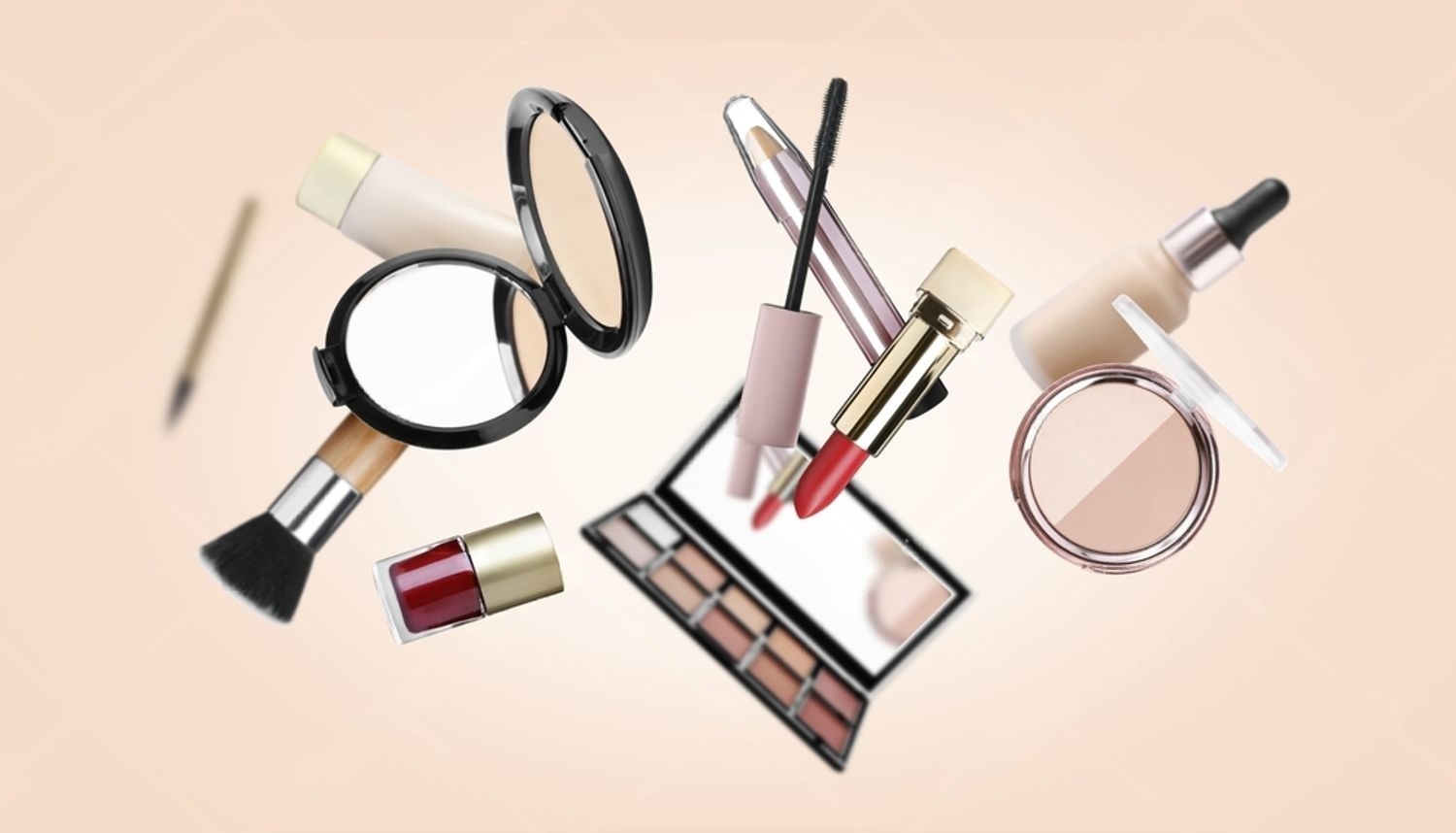COSMETICS AMENDMENT RULES 2025 HEALTH MINISTRY LICENSING LABELING COMPLIANCE CDSCO SAMPLE TESTING EXPORT LABELING RAW MATERIAL TESTING PRODUCT SAFETY REGULATORY FRAMEWORK MANUFACTURERS COSMETIC PRODUCTS QUALITY CONTROL INTERNATIONAL STANDARD NATIONAL
NEW DELHI, INDIA
By IFAB MEDIA - NEWS BUREAU - August 4, 2025 | 315 6 minutes read
The Ministry of Health and Family Welfare has officially published the Cosmetics (Amendment) Rules, 2025, introducing key changes to the existing Cosmetics Rules, 2020. These amendments come into force with immediate effect upon their notification in the Official Gazette on July 29.
Notable Changes under the Cosmetics (Amendment) Rules, 2025:
-
Clarified expiry labels for cosmetics:
“Use before” now refers to the first day of the month marked, while “date of expiry” indicates the final day of the month. -
Terminology standardisation:
All references to “Controlling Officer” are replaced with “Controlling Authority” for consistent regulatory clarity in Rules 6 and 9. -
Role of Government Analyst redefined:
Rule 7 now designates the Government Analyst appointed under Section 20 of the Drugs and Cosmetics Act, 1940, as the official analyst responsible for cosmetics testing. -
Central Cosmetics Laboratory mandated:
The Central Drugs Laboratory has been formally designated as the Central Cosmetics Laboratory, responsible for sample testing, appellate evaluations, and other functions under the amended rules. -
Expanded licensee record-keeping and testing obligations:
License holders must now maintain detailed batch-wise records of raw materials and final product tests, retained for a minimum of three years or six months post-expiry—whichever is longer. -
New licensing enforcement provision (Rule 31A):
The newly added Rule 31A introduces formal procedures for the suspension or cancellation of a cosmetic manufacturing licence if terms are violated. Licensees may appeal such decisions within 90 days to the state government. -
Export labeling requirements simplified:
Rule 34 is revised to allow export-bound cosmetics to follow labeling standards of the destination country. In cases where disclosure of manufacturer details is restricted, a code number approved by the State Licensing Authority may be used instead CDSCO. -
Corporate structure and procedure updates:
Rule 11 now confirms that the Central Drugs Laboratory will act as the sole Central Cosmetics Laboratory. The proposed flexibility to authorize other government labs has been omitted in the final rules.
Why These Amendments Matter
These amendments aim to strengthen cosmetic quality and safety standards, improve regulatory clarity, and ensure alignment with international practices.
By clarifying expiry definitions, simplifying license enforcement, and reinforcing testing and record-keeping norms, the Indian government seeks to protect consumer safety without adding undue procedural burden.
The move consolidates regulatory powers under well-defined authorities, aligning organizational roles with existing structures such as CDSCO and the Central Drugs Laboratory CDSCO.
Implementation & Industry Implications
Effective immediately, these rules signal a shift toward more structured oversight of the cosmetics industry. Manufacturers, distributors, and importers must ensure compliance with updated labeling norms, documentation protocols, and licensing conditions.
The revised framework benefits industry players by bringing greater clarity and uniformity—especially in export compliance, licensing procedures, and recall preparedness. At the same time, heightened accountability may require updated internal quality systems and compliance audits.
The Cosmetics (Amendment) Rules, 2025, represent a significant evolution in India’s cosmetics regulations—balancing consumer protection with streamlined governance and inviting greater transparency and trust in the domestic beauty and personal care sector.









